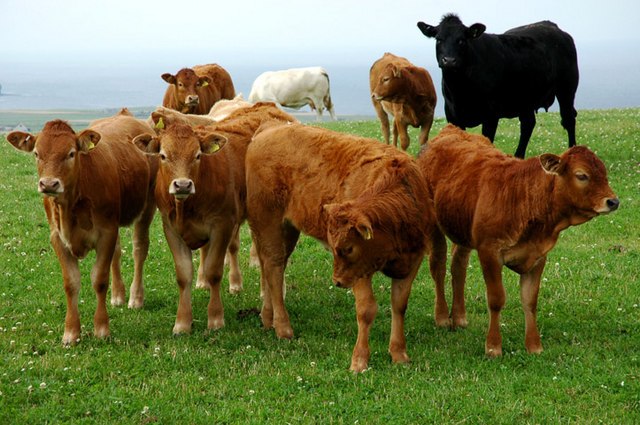From north to south, cattle prices in Australia have seen a positive growth early December 2024 after rain cut off supplies.
During the period, southern Queensland, Victoria and the northern New South Wales received over 100 millimeters of rain.
Similar trends happened in the northwest, which according to Beef Central saw over 50 millimeters of saturation.
As the last wet dust settled, cattlemen in southern territories were selling feeders around 390 Australian cents (A¢) a kg.
In northern New South Wales in particular, paddock-kept feeders weighing 400 kg were selling at between A¢375 and 390 per kg.
And as cattle sellers jostled each other to cover the rain-caused supply gap, northerners were seeing prices peak at A¢390 a kg.
On December 9, sellers at the Central Queensland Livestock Exchange were competing after feeder steers hit A¢360 per live kg.
Cattlemen from Queensland in northeast Australia have come fresh from worries of impending drought to whopping sales.
All the same, cross breed steers in southern markets seem to attract less price sentiment. Indeed, their latest range was from A¢360 to 370 a kg.
Meat & Livestock Australia (MLA) shows that northerners are averaging A¢386 versus southerners’ A¢349 per kg for 400 kg feeder steers.
Queensland and other northern places are also the places to be for sellers of Angus feeder steers. The upper limit here is A¢400 vis-á-vis A¢380/kg in the south.
Analysts however think that this price rise could cool after the ongoing re-stocking of cattle in rainy places. If it happens, it would echo a similar trend in late 2023 when prices tumbled after the El Niño.
Meanwhile, yard regulators are setting strict timings for dock sales to police competitive market situations. Premature offloading of cattle in week 1 of December 2024 landed a south Victorian seller in court.
Ultimately, the place to be for any intending seller of young cattle in the Land Down Under is probably Queensland. But as the following statistics about cattle prices in Australia show, the best pricing indicators are past nationwide averages.
Statistics on Cattle Prices in Australia
Australia’s cattle prices are influential for they usually reflect those of the export markets, such as the U.S. As such, below is the price curve from a historical vantage point from 1973 to 2015, courtesy of Meat & Livestock Australia (MLA). All prices use the inflation adjustment of the report’s year, 2014.
1973: yearling steers sold for a record A¢726/kg.
1974: prices of yearling steers fall to A¢529/kg.
1975: prices of yearling steers fall further to A¢267/kg.
1987: with inflation adjustment, cattle prices hit near rock bottom at A¢160/kg
2015: prices were back on track after a 10-year fall to rise by 9% to A¢419/kg
In short, it is safe to say that Aussie cattle prices have been falling in the past 40 years despite showing strength lately. This tally includes the maximum price of Angus feeder steers at A¢400/kg in Queensland, as of early December 2024.
